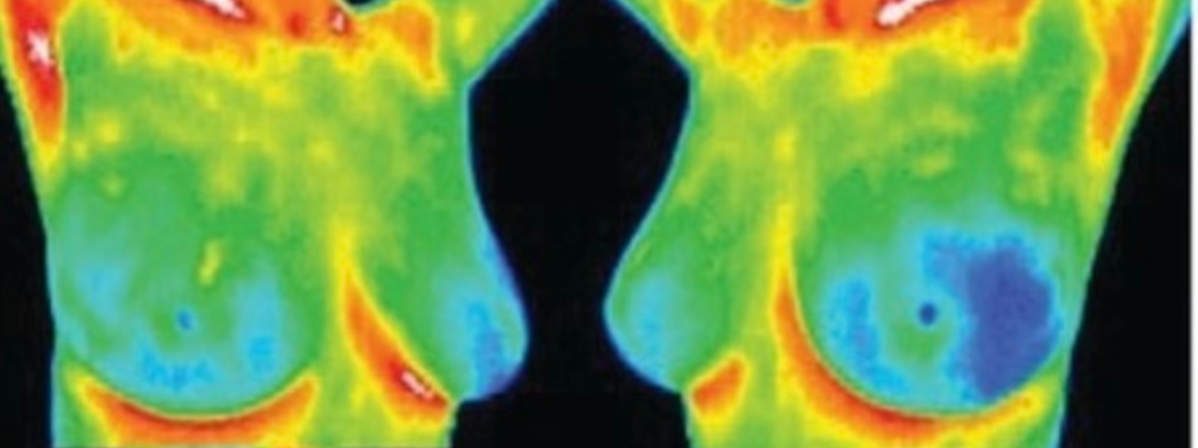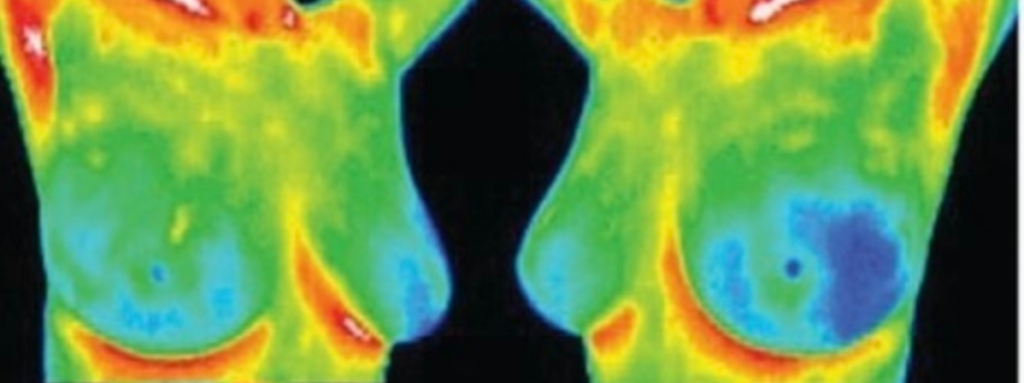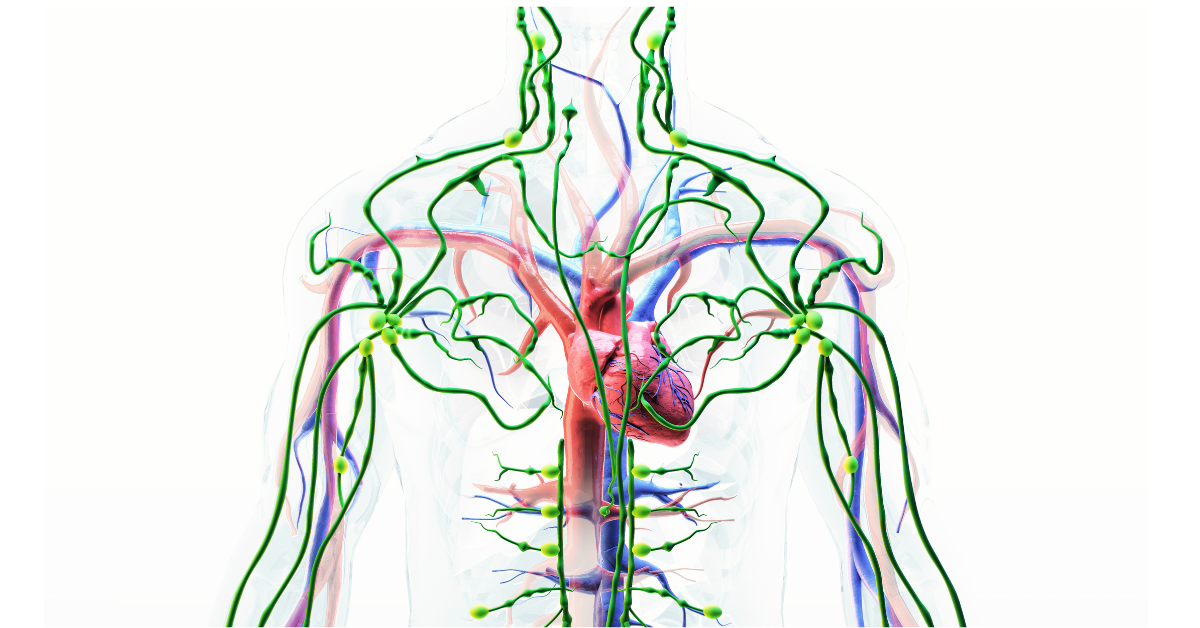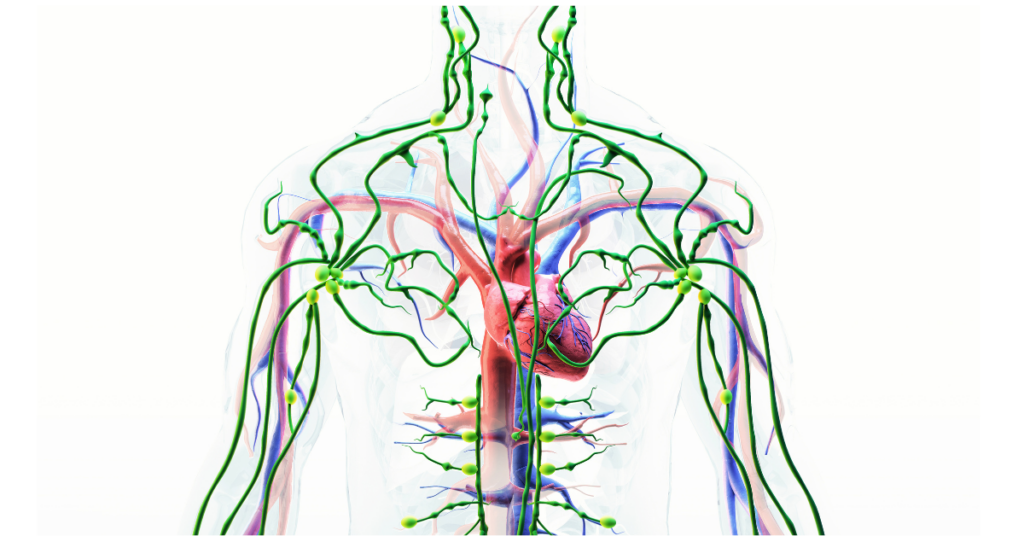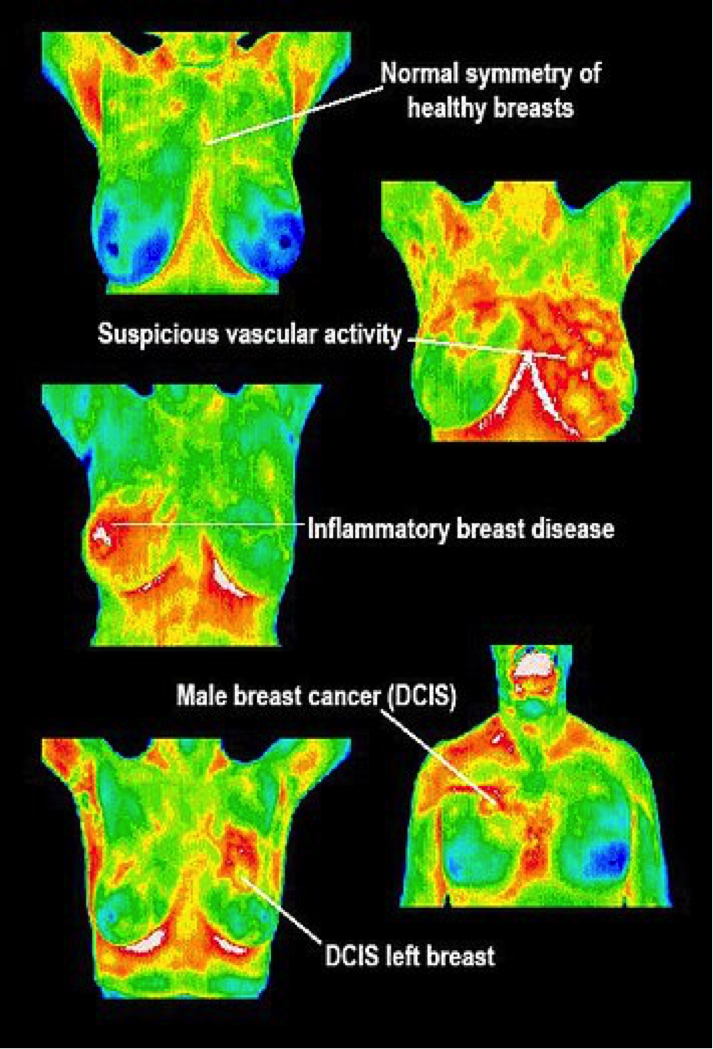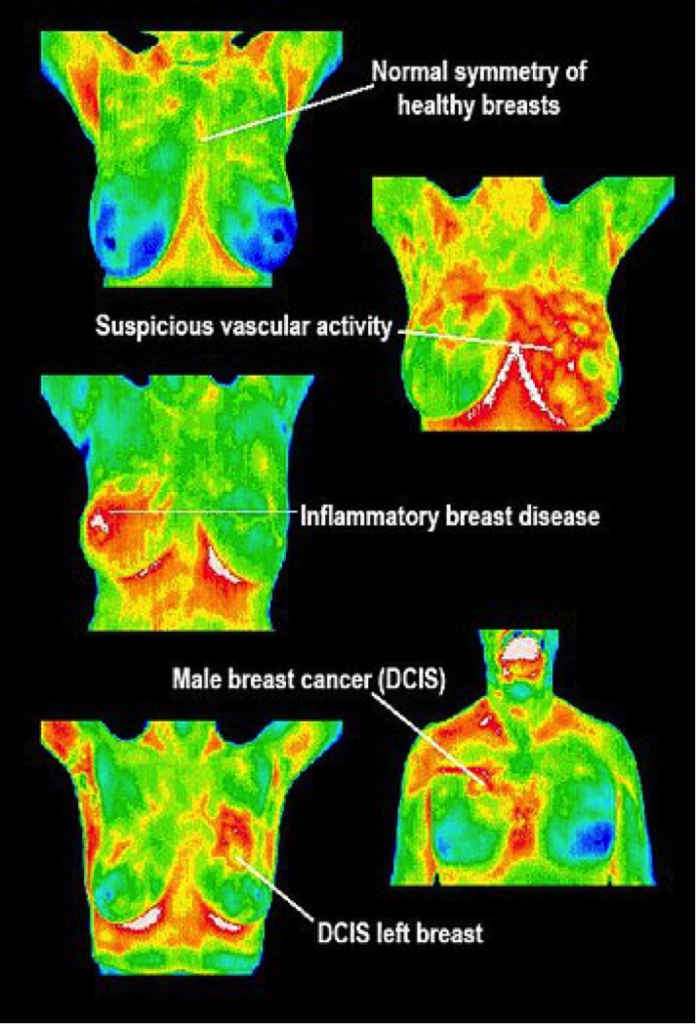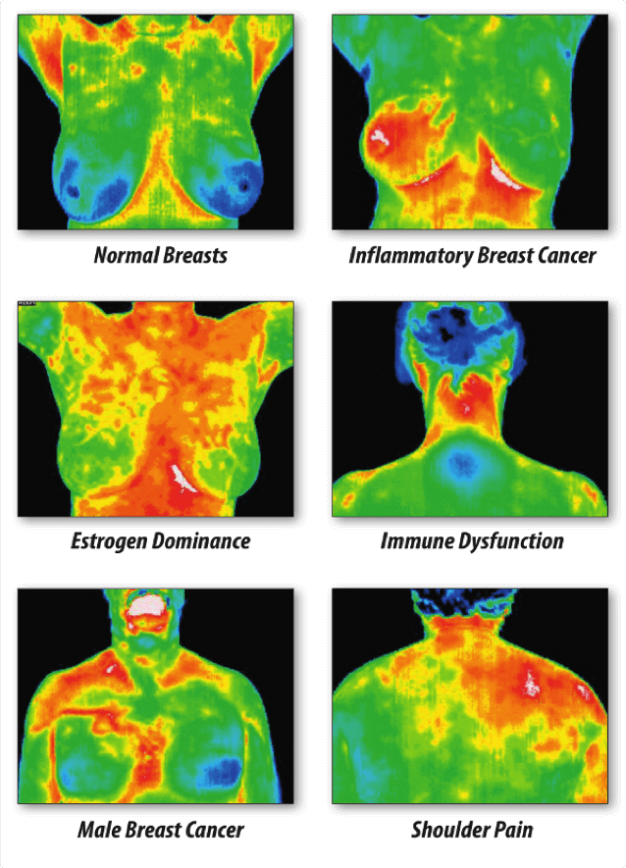Navigating Life’s Changes Without Estrogen: Exploring Hormone Replacement Therapy (HRT) as a Path to Balance

Life is a journey filled with twists and turns, highs and lows, and unexpected detours. For some individuals, this journey takes an unexpected turn when they face the reality of navigating life without estrogen. Sexual desire, or libido, is a complex interplay of physical, psychological, and hormonal factors. Estrogen, a key hormone in the female reproductive system, plays a significant role in regulating sexual function and desire. When estrogen levels decline, whether due to menopause, hormonal imbalances, or medical treatments, it can have a profound impact on a person’s sex drive. In this blog, we’ll delve into the connection between estrogen and libido, explore strategies for navigating intimacy without estrogen, and discuss how individuals can maintain fulfilling sexual relationships during this transition.
Understanding Estrogen Deficiency:
Estrogen is not just a hormone; it’s a vital regulator of numerous bodily functions, including bone health, heart health, cognitive function, and sexual well-being. When estrogen levels decline, whether due to natural aging processes or medical interventions, it can lead to a range of symptoms such as hot flashes, vaginal dryness, mood swings, and decreased libido. Navigating these changes without intervention can be challenging, impacting overall quality of life and emotional well-being.
Exploring Hormone Replacement Therapy (HRT):
Hormone Replacement Therapy (HRT) offers a potential solution for managing the symptoms of estrogen deficiency by supplementing the body with synthetic or bioidentical hormones. Estrogen replacement therapy can alleviate symptoms such as hot flashes, vaginal dryness, and mood swings, restoring balance and enhancing quality of life for many individuals. Combined HRT, which includes both estrogen and progesterone, may be recommended for those with a uterus to reduce the risk of endometrial cancer.
Physical Changes:
One of the most noticeable aspects of life without estrogen is the array of physical changes that occur. From hot flashes and night sweats to vaginal dryness and bone density loss, the absence of estrogen can manifest in numerous ways. Understanding these changes and seeking appropriate medical guidance can help manage symptoms effectively.
Emotional Resilience:
In addition to physical changes, the emotional impact of estrogen loss should not be overlooked. Mood swings, anxiety, depression, and irritability are common experiences for many individuals navigating life without estrogen. Building emotional resilience through self-care practices, therapy, support groups, and mindfulness techniques can provide invaluable tools for managing these challenges.
Exploring Alternative Forms of Intimacy:
When traditional forms of sexual activity are no longer appealing or comfortable, it’s essential to explore alternative ways of fostering intimacy and connection with a partner. This may include engaging in non-sexual forms of affection, such as cuddling, kissing, or intimate conversation, that focus on emotional connection rather than physical stimulation. Experimenting with new activities and exploring fantasies together can also reignite passion and intimacy in the relationship.
Seeking Professional Support:
If changes in libido persist and significantly impact quality of life and relationships, seeking support from healthcare practitioners can be beneficial. They can offer guidance, recommendations for treatment options, and strategies for addressing underlying issues contributing to decreased libido.
Conclusion:
Navigating life without estrogen can be a transformative journey filled with both challenges and opportunities for growth. Whether exploring Hormone Replacement Therapy (HRT) as a solution for managing symptoms or seeking alternative approaches to promoting overall well-being, individuals have the power to shape their path forward with informed decisions and personalized care. By embracing a holistic approach to health and wellness, individuals can navigate life’s changes with grace, resilience, and a renewed sense of vitality.
If you have any concerns about low estrogen, we encourage to call Serenity Health Care Center to schedule an appointment today!

